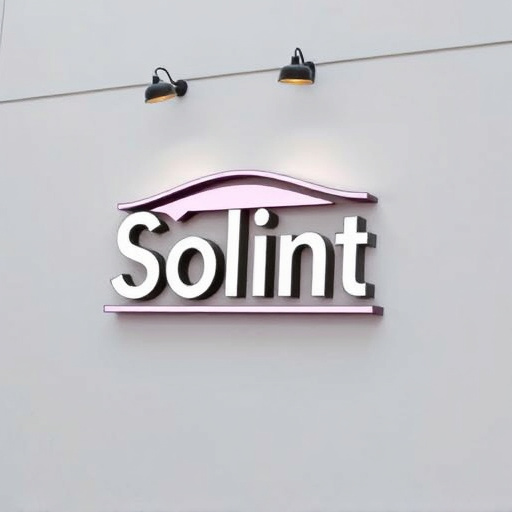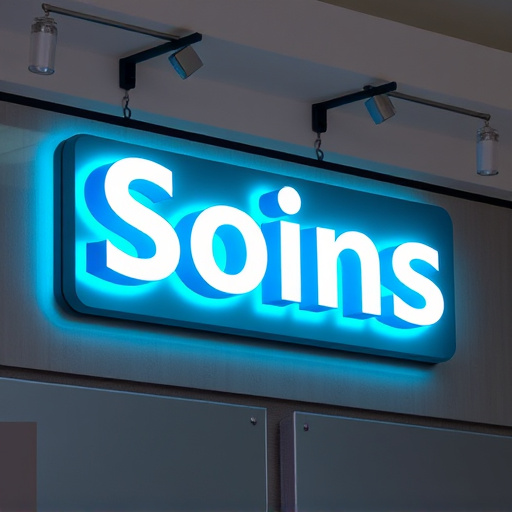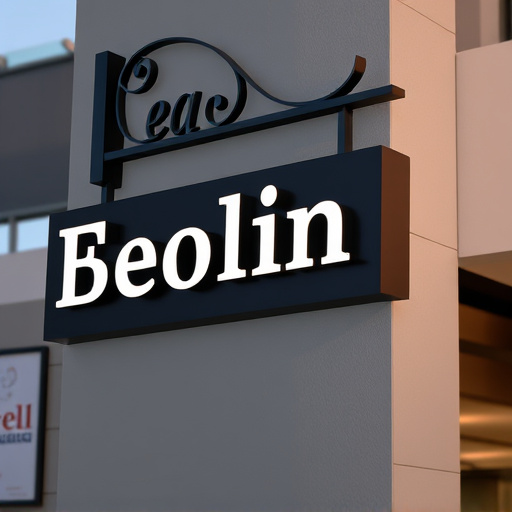Customer satisfaction is a powerful driver of business success, especially in competitive markets with numerous options. To achieve and sustain high satisfaction, businesses should focus on enhancing every interaction (touchpoint) with clients through transparent communication, quick response times, empathy, personalized solutions, and active engagement with feedback. Innovative services like custom vehicle wraps and PPF installation can differentiate a business, fostering brand loyalty and unlocking new opportunities via satisfied customers' networks. Measuring customer satisfaction using both qualitative and quantitative methods allows companies to identify pain points and make data-driven improvements, enhancing the overall customer journey and creating a unique selling proposition.
In today’s competitive market, customer satisfaction is more than a buzzword—it’s a differentiator. Understanding what drives client happiness and loyalty can propell your business ahead of competitors. This article delves into the cornerstone role of customer satisfaction in business success, explores proven strategies to elevate and maintain high levels, and details how to leverage customer feedback for continuous improvement. Discover how these tactics can transform your approach and foster lasting client relationships.
- Understanding Customer Satisfaction: The Cornerstone of Business Success
- Strategies to Elevate and Maintain High Customer Satisfaction Levels
- Measuring and Utilizing Customer Feedback for Continuous Improvement
Understanding Customer Satisfaction: The Cornerstone of Business Success

Customer satisfaction is the cornerstone upon which successful businesses are built. It’s a fundamental concept that transcends mere sales figures; it measures the emotional connection and loyalty customers feel towards your brand. In today’s competitive market, where options are abundant, delivering exceptional customer experiences becomes an invaluable differentiator.
Focusing on enhancing customer satisfaction involves understanding their needs, preferences, and pain points. For businesses offering specialized services like ceramic window tinting or paint correction, it means ensuring every interaction is tailored to the individual. High-quality finishes aren’t just about aesthetics; they are a tangible representation of your commitment to excellence. By prioritizing customer satisfaction, you not only foster repeat business but also encourage word-of-mouth referrals, solidifying your position in the market.
Strategies to Elevate and Maintain High Customer Satisfaction Levels

To elevate and maintain high customer satisfaction levels, businesses must prioritize customer experience at every touchpoint. This involves implementing consistent communication channels, actively listening to and addressing customer feedback, and offering personalized solutions tailored to individual needs. Building strong relationships through transparency, promptness, and empathy fosters trust, encouraging repeat business and positive word-of-mouth referrals.
Additionally, continuously innovating services and products, such as integrating professional ppf installation or vinyl wraps (custom vehicle wraps), can set businesses apart from competitors. By staying ahead of industry trends and offering cutting-edge solutions like custom vehicle wraps, companies demonstrate their commitment to customer satisfaction and remain top-of-mind in a competitive market. This not only enhances brand loyalty but also drives new business opportunities through satisfied customers’ networks.
Measuring and Utilizing Customer Feedback for Continuous Improvement

Measuring customer satisfaction is a cornerstone of any successful business strategy. By collecting and analyzing feedback from clients, companies can gain invaluable insights into their products or services. This data serves as a compass, guiding improvements that cater to consumer needs and preferences. For instance, in industries like automotive enhancements, where offerings range from ceramic coatings to window tinting, understanding customer satisfaction is key to staying ahead of the competition. Businesses that actively listen and respond to feedback create a cycle of continuous improvement, ensuring they offer the best possible experiences and solutions.
Utilizing this feedback effectively involves implementing changes based on client suggestions, addressing pain points, and enhancing overall customer journey. Companies can use qualitative and quantitative methods, such as surveys, reviews, and direct communication, to gather this data. By embracing customer input, businesses foster trust and loyalty, solidifying their position in the market. For example, a vehicle enhancement company that incorporates client feedback into their services not only improves customer satisfaction but also creates a unique selling proposition, setting them apart from competitors who might be more stagnant in their approach.
Customer satisfaction is not just a metric; it’s a competitive advantage. By implementing the strategies outlined in this article, businesses can create a culture focused on understanding and exceeding customer expectations. Continuous improvement driven by meaningful feedback fosters a loyal customer base, ultimately differentiating companies in a crowded market. This holistic approach ensures that customer satisfaction becomes a cornerstone of long-term success and profitability.














